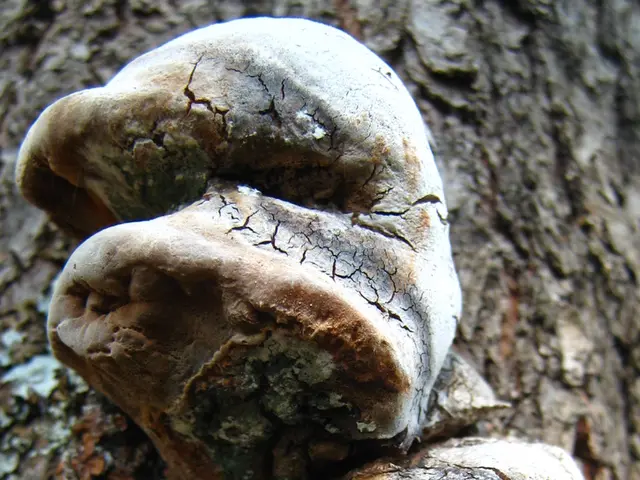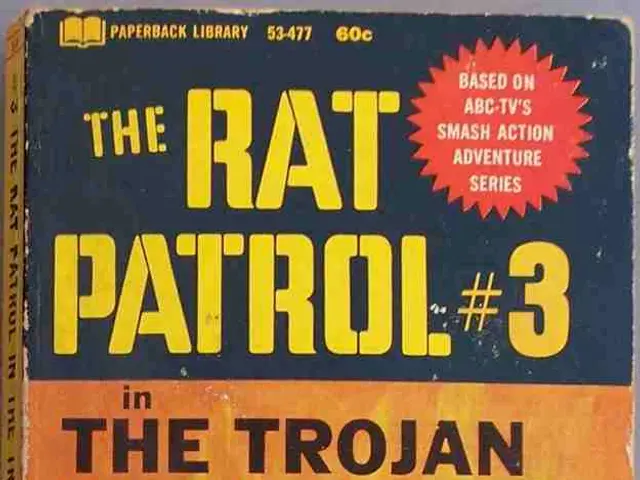Four Bugs Capable of Consuming Plastic Materials
In our brief tenure on this planet, humans have made a significant mark on the environment. Rising temperatures, rapid extinction of species, and bizarre occurrences like researchers spotting green beneath the Arctic ice and flowers blooming in Antarctica are becoming commonplace.
One of the most pressing environmental issues today is plastic pollution. Over just a few decades, plastic production surged an astounding 230-fold, with much of it finding its way into the environment. Each year, the United States alone produces a staggering 37.83 million metric tons of plastic waste. Pioneers in the environmental sector, such as The Ocean Cleanup, are making admirable efforts to reduce the plastic waste that infiltrates our ecosystems and food chains. Yet, they can barely scratch the surface of this mounting environmental crisis. That's why discoveries of various animal species capable of consuming and breaking down plastics naturally are shedding light on a potential solution.
Recently, researchers in Kenya discovered a species of mealworm larvae that can break down polystyrene, one of the most challenging types of plastics to biodegrade. These insects, scientifically known as Alphitobius diaperinus, not only consume the material but appear to process it in a way that could one day aid researchers in bringing large-scale plastic biodegradation to fruition. However, mealworms are not the only insects being studied.
Take the Corcyra cephalonica larvae, colloquially known as the rice moth, for instance. These larvae have been found capable of breaking down low-density polyethylene (LDPE), a common plastic used in packaging. Other insects are being scrutinized as well, with surprising results.
But it's not just about consuming plastic. Some insects, like beetles, slugs, snails, and earthworms, unintentionally contribute to the movement of plastic particles up the food chain by ingesting microplastics. For instance, some beetle species, including ladybirds, have been found with microplastics in their bodies, while slugs, snails, and earthworms often contain microplastics, which can be passed on to their predators.
Despite the focus on a few species, further research is required to explore other potential plastic-degrading insects. The hunt for nature's tiny helpers continues as humanity seeks a way to dig itself out from under the plastic conundrum it has created.
The discovery of mealworm larvae in Kenya, scientifically known as Alphitobius diaperinus, provides hope for large-scale plastic biodegradation, as they are capable of breaking down polystyrene, a difficult plastic to biodegrade. Additionally, the rice moth larvae, or Corcyra cephalonica, have been found capable of breaking down low-density polyethylene (LDPE), a common plastic used in packaging, demonstrating the potential for environmental-science to develop solutions for the health-and-wellness effects of climate-change, such as plastic pollution, on our planet.








